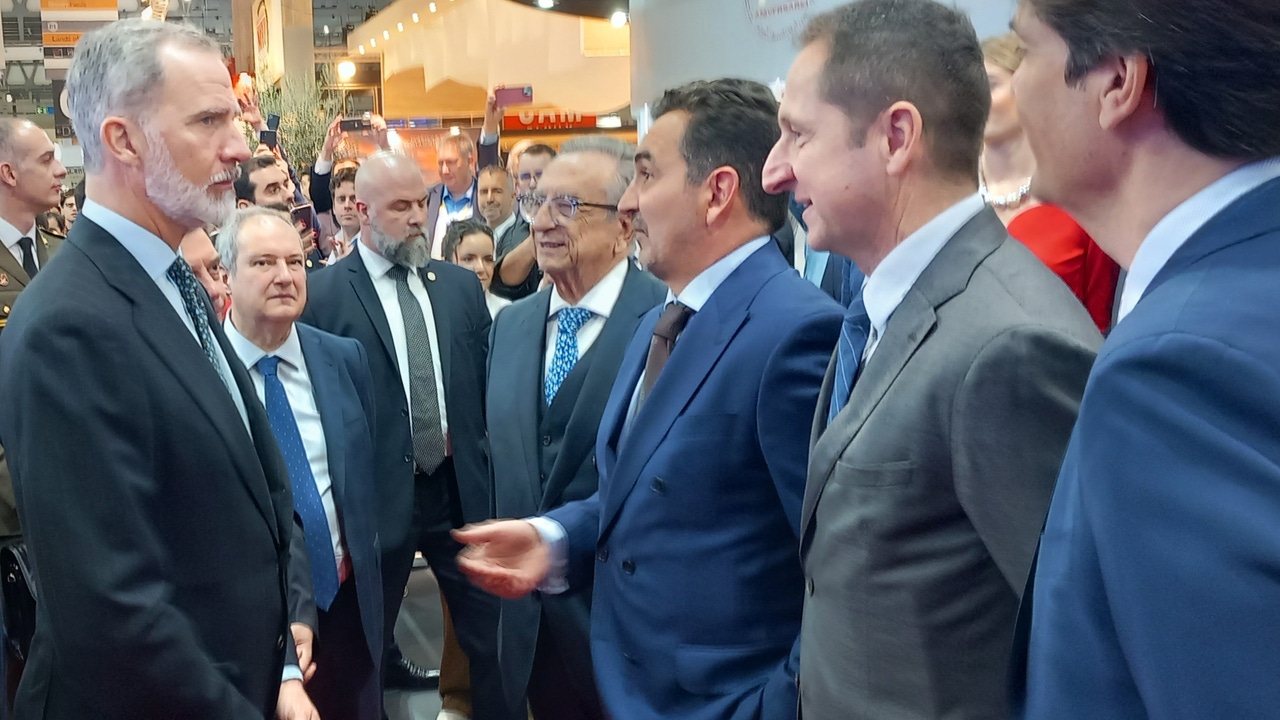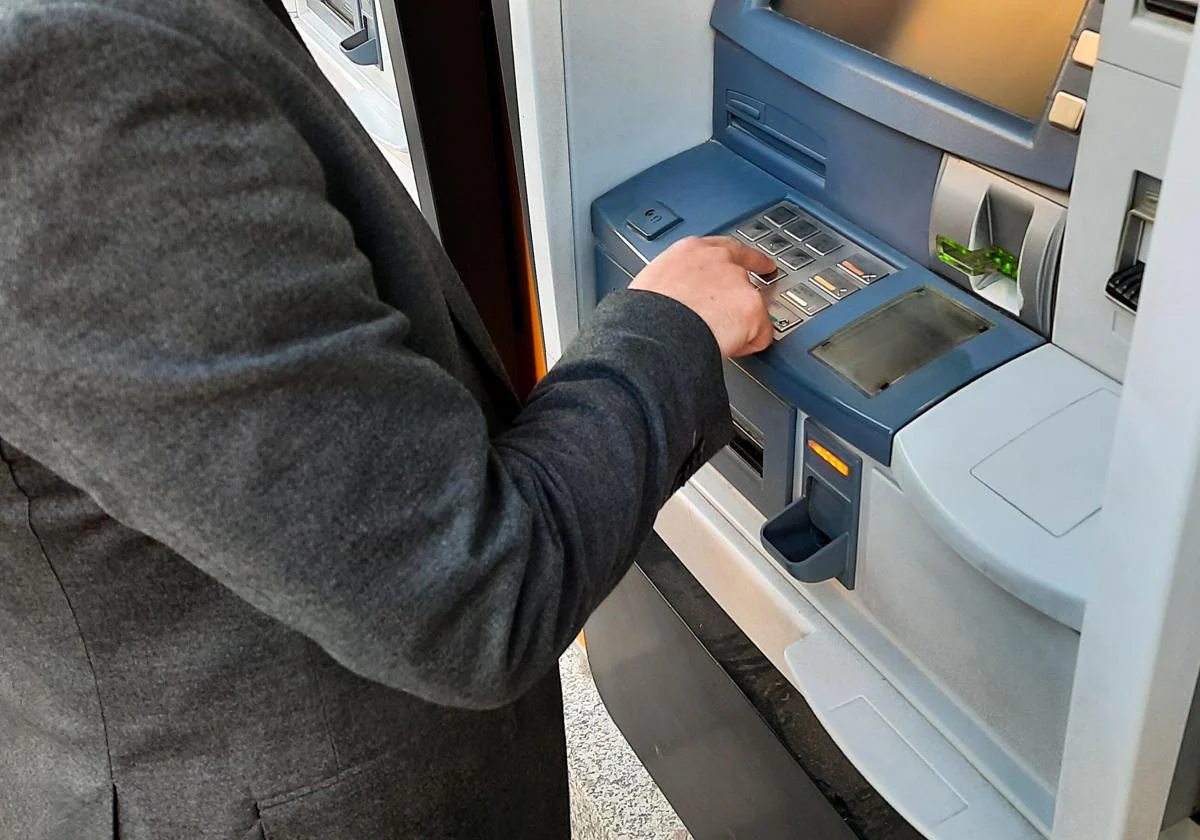How to build the 21st century

Updated:
Big Data, cybersecurity, Internet of Things, blockchain, virtual reality ... The innovation way, more than ever, part of the foundations of the infrastructure sector. "We think about what we have from a past perspective and the future will surprise us", says Aniceto Zamora, president of the Transport Committee of the Institute of Engineers of Spain. The impact that will have, for example, autonomous driving, "should make us rethink all road works, as will also happen with railways and airplanes," he adds.
"We should not think that everything is done, the challenges will be greater in the metropolitan sphere, each month a new city will be built," stresses Zamora. He believes that Spanish companies innovate not only in concepts but also "in the integration of what already exists in the business model. Innovation also concerns management. " In any case, and in times of digital transformation, it is necessary to manage, more and more, both data, as Carlos Cordero, Fujitsu's Technology Director, who has an advanced computer simulation technology, emphasizes: "Many are the data and the parameters to be taken into account when planning infrastructures such as airports, railways or highways, and factors such as traffic analysis, socio-demographics or the prediction of growth of urban centers must be in the equation. We are faced with problems of great complexity, with many millions of millions of possible combinations. "
On the terrain
At the time of construction, Spanish companies have the latest developments in machinery and materials, with examples such as Cubipod (an element of artificial breakwater used in the formation of the protection mantle in the construction of port docks and coastal protections), or projects such as Life Equinox, a treatment oriented to the development of an asphalt pavement in urban environments capable of reducing the concentration of rust of nitrogen generated by traffic.
The Spanish presence in the European consortium is also detected NeTTUN, with the tunnel boring machines as a base, and technological challenges are posed such as robotic systems for the change of cutting tools or the prediction of the terrain on the excavation front. And more and more companies use the methodology of collaborative work Building Information Modeling (BIM) that allows to create and manage a construction project, centralizing all the information of the project in a digital information model.
In railway infrastructures there are projects such as Sulabu, which calculates which are the best developments to be made on the railways according to the different railway traffic and other variables. And there are already many companies that use drones for monitoring, maintenance and inventory of assets, etc. In accounting highlights the obligatory nature of the electronic invoice for the suppliers of the Public Administrations and also for the companies subcontracted by the State. "With it the business digitalization process is completed, optimizing its competitiveness, productivity and profitability, by reducing costs, optimizing processes and eliminating errors. And it improves economic management, VAT, payments and collections, with access to new sources of financing such as 'factoring' ", underlines Alberto Redondo, director of Marketing and Communication of Seres group.
Regarding research from the academic world, the Transportation Research Center, TRANSyT (Polytechnic University of Madrid), has a research group that works on projects such as "Transforming Transport" where it deals with the use of "Big Data" to improve the operation, environmental impacts, resource management and accidents of all modes of transport. Other examples are Harmony, intelligent systems of management of transport routes, with interactive information with the user, operators and managers of the road or Noesis, which studies the value generated by the use of tools «big data in applications for management and planning of transport ».
Business
There are many examples that we find among Spanish companies in this commitment to the future. Sacyr, for example, through innovation seeks improvements in road safety, such as the innovative lighting system for tunnels based on the continuous distribution of luminous devices in each tunnel gable that provides a uniformity close to 100% and energy saving of the tunnel. 40% In addition, it investigates new and more efficient construction techniques (asphalt mixtures at low temperature and recycled materials such as tire dust) and applies technology to environmental services, desalination, infrastructure conservation, efficiency techniques and energy sustainability, among others.
In Globalvia the new challenges are analyzed to provide imaginative solutions and opportunities to their businesses and have defined three lines of action: innovate to improve society, to transform the business and to empower the employee. The infrastructure management company is committed to open innovation "that seeks to promote the identification and definition of ideas, products and services that provide new approaches, new business models and a differentiating value for our infrastructures and for society", they explain from the company. These ideas must present a positive impact on the challenges of Globalvia, its users and the infrastructures it manages.
For its part Ferrovial It has also promoted an open innovation model, collaborating with companies, universities and other entities. In addition, it remains attentive to the world of entrepreneurship and the startup ecosystem, looking directly for those that develop products that can improve their businesses or proposing challenges in which they participate. At the same time, it encourages its employees to suggest new ideas through calls for concrete challenges such as Zuritanken and intra-entrepreneurship initiatives.
FCC Construction It is committed to research, sustainability and contribution to the quality of life of society, as a differentiating factor in the current market, highly competitive and internationalized. The development and use of innovative technologies for the execution of the works suppose, in addition, an added intrinsic value for the company. Within its activity, FCC Construcción and its investee companies develop projects in collaboration with other companies in the sector, often with technology-based SMEs, which allows the realization of projects in open innovation with participation of the value chain and, occasionally, in horizontal cooperation Some of the projects are also carried out in consortium with Public Administrations, as is the case of the European Project LIFE "Impact Zero", Development and demonstration of an anti-bird strike tubular screen for High Speed Rail lines, in which the Railway Infrastructure Administrator (Adif) participates.
Y ACS, through its subsidiary Hotchief, will install one of its two new innovation centers in Madrid that are part of the digital transformation strategy initiated by the company in 2018 through Nexplore, a digital innovation center for the entire group. Hotchtief is among the first companies in the sector to adopt the trend of digitalization. Nexplore cooperates closely with leading universities and information technology companies around the world, with the aim of taking advantage of the opportunities for the business offered by digitalization: artificial intelligence, virtual reality, machine learning, IoT and Industry 4.0.










